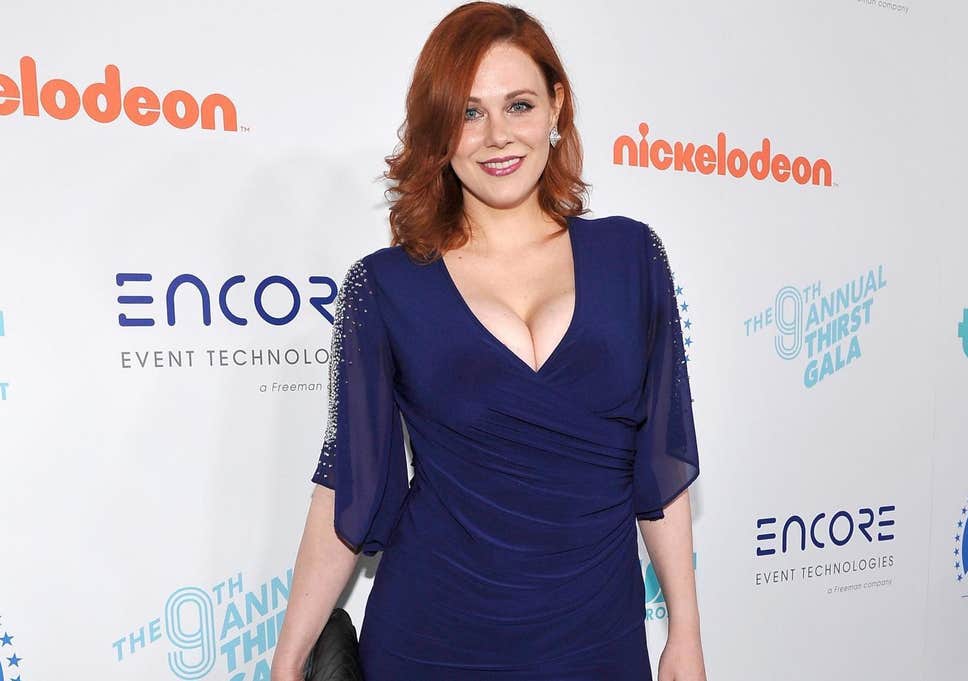(CNN) In the past, Manti Te’o was admired.
Te’o was a standout in high school in every way. He was well-liked by his peers and was expected to receive a full football scholarship at Notre Dame. He was a devoted member of his church and a popular figure in his own Hawaii.
Afterward, catastrophe struck. His girlfriend died after his grandmother. the same day for both.
But his sweetheart didn’t truly pass away. The media learned that he had no girlfriend at all.
All along, it was a catfish, with the hoax’s creator, Ronaiah ‘Naya’ Tuiasosopo, stuck in the midst.
“Untold: The Girlfriend Who Didn’t Exist,” a new two-part documentary from Ryan Duffy and Tony Vainuku that premiered on Netflix on Tuesday, is about Te’o, Tuiasosopo, and the sophisticated 2013 deception.
The tale of Te’o and his made-up lover is well-known, but less is known about Tuiasosopo, who invented the character as a means of coping with her own gender dysphoria. Since then, Tuiasosopo has come out as transgender.
The documentary begins with Tuiasosopo, even though viewers may initially remember Te’o’s name. Her key function in the two episodes is to lead the viewer on her path of self-discovery and gender identification, which is influenced in part by her experiences catfishing Te’o.
Maclain Way, who co-created the “Untold” television series with his brother Chapman, spoke with CNN about how they went about showing Tuiasosopo and Te’o’s paths as both simultaneous and different.
For length and clarity, this dialogue has been condensed.
Why did you choose to concentrate on the narrative of Manti Te’o and Naya in particular?
This was a tale that was on our actual and figurative “sports ideas” whiteboard when we learned that we would be able to produce more “Untolds” and that volume two will be available. My brother and I still clearly recall reading about it in the mainstream media and hearing about how it has always been a “white whale” in the field of sports documentaries.
We spoke with Naya after contacting her and found our exchange to be intriguing. The conversation was probably only going to last 15, 20, or 30 minutes, but we ended up speaking with her for two hours. She also described her incredible path of self-identification and self-discovery, which she has been on.
Furthermore, I believe that many others had contacted Manti throughout the years with the intention of speaking with him about this topic. I believe that throughout the years, he had a backlog of documentary pitch requests in his mailbox.
We caught Manti at a pivotal moment in his life, in my opinion. His time in the NFL was coming to an end, so it’s unlikely that he would have commented on this topic or conducted a lengthy, in-depth interview while he was still playing. He had only recently married and given birth, and I believe that neither Naya nor Manti were really pleased with how the general public was informed about this storey in 2013. They didn’t want the media attention to be the period at the conclusion of this incredibly long sentence that was a tale about these two people, in my opinion.The chance to have a lengthy, in-depth conversation about this subject with both of them, I believe, appealed to and intrigued them. And for us as filmmakers, that was the moment we truly understood, “Okay, this is a unique opportunity. I believe we can start shooting this documentary.”
The fact that you chose to start the tale with Naya and merely mentioned that you actually spoke to her first stands out to me even though this is a storey about Manti. But many people would anticipate that the episodes will be more football-oriented. Why did you decide to focus on her and tell her tale first by leading with her?
As filmmakers, that’s where we kind of had the most queries. While Naya has participated in light media acts and been on the Dr. Phil programme, she had never really gone on the record and provided her own perspective.
How did this happen, how did this come about, how was this relationship between you two? These were some of the concerns I usually had regarding the individuals that indulge in catfishing.
(Naya) shared her experience truthfully and with great openness and vulnerability. We found her reasons for choosing to inhabit this space, for creating an online identity profile, for messaging a football player like Manti Te’o, for developing a connection, and for initiating phone conversations to be incredibly intriguing, which is perhaps why we were so interested in chatting with her.
Despite the fact that I enjoy sports, I distinctly believed that her contribution to the narrative was what drew me in.
Yes, and I believe that we also lack a mandate or don’t particularly enjoy trying to fit these stories into broad, overarching thematic bridges that connect all of our “Untold” documentaries. However, I do believe that despite being sports documentaries, none of our productions actually deal with who will win the championship game or who will make the game-winning three-pointer with seconds left to play. We discuss these tales as simply really fascinating things that are taking on off the ice, off the court, or off the field. That’s the tale that we really want to tell while doing these sports films.
It simply felt right for this one, an incident involving massive catfishing that occurred in 2013. Yes, it is primarily a football storey, but it is also a storey about two people who were fairly young at the time — I believe they were 19 or 20 years old when they started this relationship — and to us, they were the only ones who knew about those conversations, their relationship, and how they felt about one another. Because I believe it’s really the only way you can portray this sort of tale, it was for us simply incredibly important that we would have both of them speak about it.
This documentary devotes a lot of time to Naya’s transition process, and I know you made sure to point out that Manti and some of the interviewees weren’t aware of Naya’s gender identity. You furthermore included some earlier images and video taken prior to her change. I am aware that for many people, those topics might occasionally be touchy. How did you choose to handle it in the two episodes, especially for a viewership that might not be as knowledgeable about transgender identity and LGBTQ+ issues?
The subtle point, in my opinion, is that since these films are unique artistic creations, they take a long time to produce. It took us more than two years to produce a two-part documentary. When we initially met with Naya, we saw that she was still developing the way she described her path of self-identification and self-discovery.
She now proudly identifies as a trans woman, and we are incredibly proud of this. However, her experience was somewhat changing as we were making this documentary. As a result, after talking with her, our crew, and others with extensive knowledge of LGBT issues, we came to the conclusion that it wasn’t really our role as filmmakers to inform others about the difficult road she was on. We definitely would be in a different place if the documentary had started today, given where Naya is now, but at the time, Naya wasn’t exactly identifying as that.
Did anything catch you off guard when you were all conducting the study and reporting process? Anything unusual that stood out that you hadn’t anticipated?
Although Naya and Manti were undoubtedly our primary storytellers, it is evident that when you meet more individuals, their perceptions and experiences with the narrative may differ. Nevertheless, we found Tim Burke and Jack Dickey’s examination into the topic at Deadspin to be really fascinating. It goes without saying that they received the anonymous tip, broke the news first, and published it, but learning about the inner workings of an investigative journalist was just really interesting.
In my opinion, these things sort of start and finish when you choose your primary storytellers and then you consider other people who could have intriguing voices. The Deadspin men could, in our opinion, have had quite fascinating voices. If they hadn’t chosen to act on their anonymous tip, perhaps no one would have heard about this incident at all. They appeared to have had a direct influence on the storyline, certain plot elements, and the course of the storey, hence.
There’s this sense throughout the episodes of lineage—you could call it that—where both Manti and Naya are focused on setting an example for those who will follow them, especially in the second episode. Was it a theme you all had in mind while you put these episodes together?
In my opinion, the way they discussed it just struck me as something essential and sincere. We had numerous lengthy, multi-day interviews with Naya and Manti that lasted two to three days with each of them. And throughout that process, it’s a special way to talk to people and hear their experiences, but I think you definitely pick up on what’s important to them and what they’re feeling on a true, in-depth human level. And when they discussed that and that meaning, I believe they both spoke from the heart. Therefore, for us as artists and filmmakers, receiving the interview responses from your subjects is kind of like getting a guiding light or a star in the sky that inspires you to include them in your documentary film. I believe they were just being really sincere.


